Mikio Naruse is one of the most significant directors of pre-war Japanese cinema but, like most of his contemporaries, many of his earliest films have been lost – most likely for good. During Japan’s silent era, Naruse worked at a breakneck place, directing five films in 1930 and six in 1931. 10 of those 11 films are lost. His earliest viewable film is his eighth: the short comedy Flunky, Work Hard (1931). This 28-minute film follows a day in the life of harried insurance salesman Okabe (Isamu Yamaguchi) and Susume (Seiichi Kato), his tearaway bully of a son.
Despite its age this is a surprisingly modern and genuinely funny comedy. The performances are generally naturalistic in style and the humour more sophisticated than the broad slapstick typical of silent comedy. It also has much more developed camerawork than one might expect, including smooth tracking shots, interesting shot compositions and a few experimental moments. There is a moment late in the film where Okabe discovers his unruly son has been hit by a train. His moment of sudden panic and grief at the news is represented with a sudden 20-second montage of shapes, faces and kaleidoscopic effects. The montage runs at about one shot per second, which is a much faster editing speed than you’d expect. It works brilliantly, visually representing the panicky rush of thoughts going through Okabe’s mind.
What is also fascinating is how much of the film is shot out on location. Hollywood films of the period were typically bound to soundstages and studio backlots: highly controlled environments that could get directors and producers exactly the visuals they required. Here Naruse shoots his film out on the streets. This gives the film two advantages over its American cousins. Firstly it aids in the naturalism Naruse is presenting, as it loses that staged feel that inevitable comes from shooting on-set. Secondly, and for we in the 21st century much more interestingly, it allows a look at everyday Japanese life in 1931. In the 1930s Japan was a country halfway between adopting the fashions and culture of the English-speaking world and one retaining its traditions of clothing and architecture. Half of my attention during the film was on stuff in the background, because it’s just so intriguing to see.
The earliest Japanese cinema was deeply theatrical in nature, taking inspiration from existing live theatre and performance modes. This style was prevalent enough that it stimulated a ‘pure cinema’ movement among critics and filmmakers, urging the industry to shift to a more realistic style of storytelling. It is hard not to see the likes of Naruse as a result of this pressure. It is honest, realistic, and warmly amusing cinema.
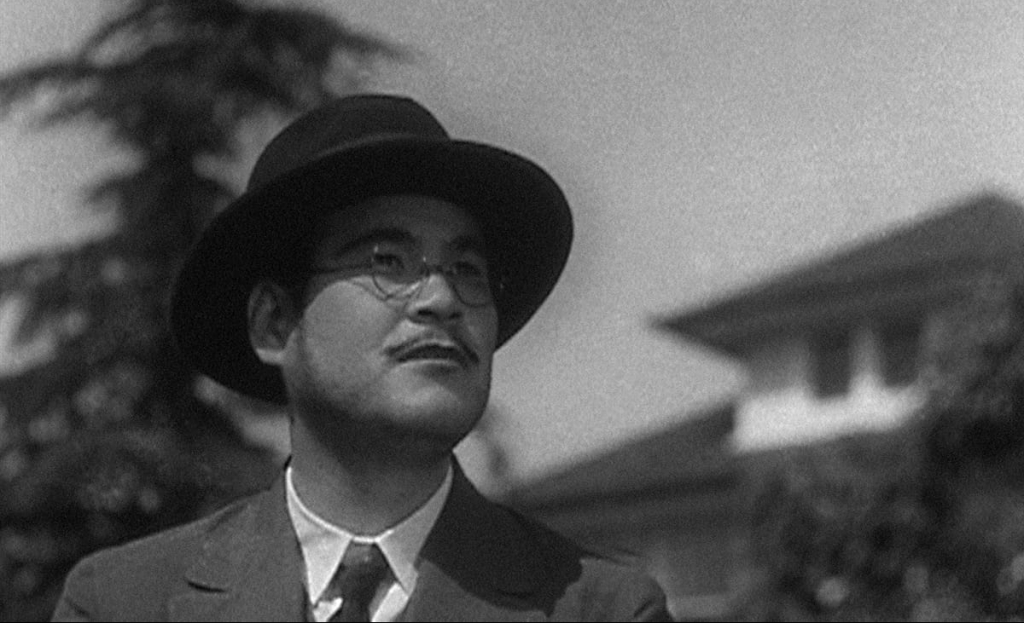
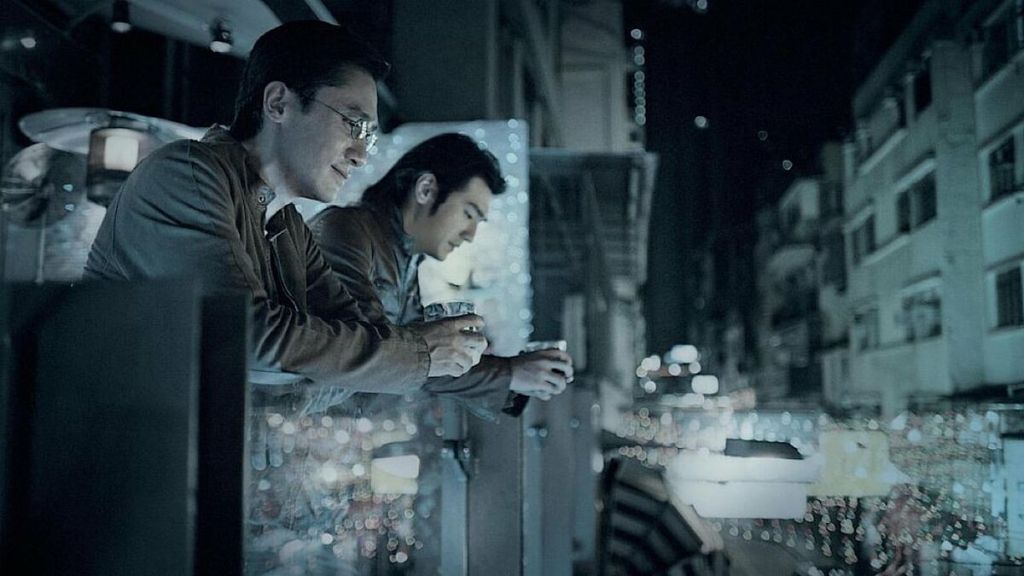
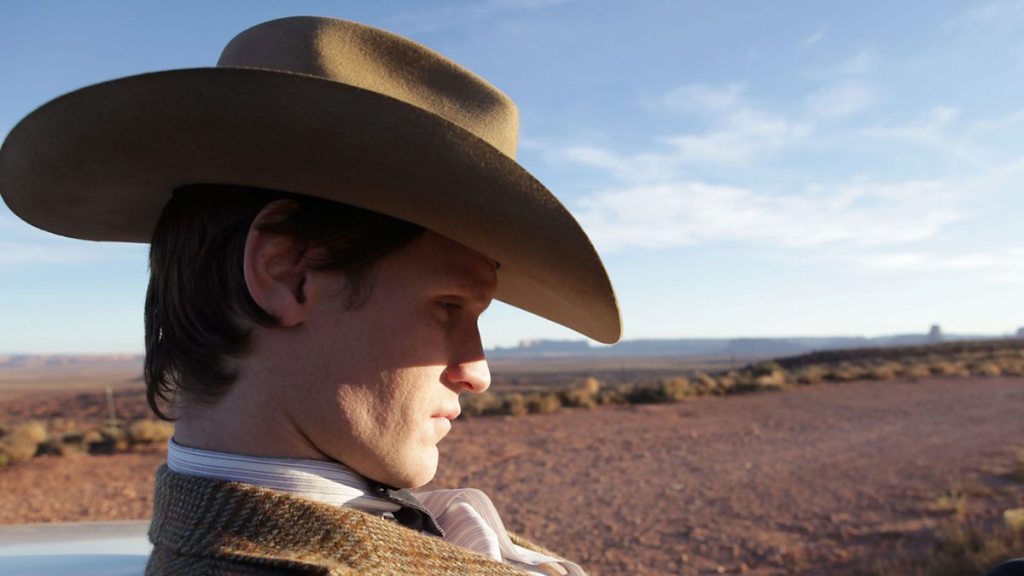
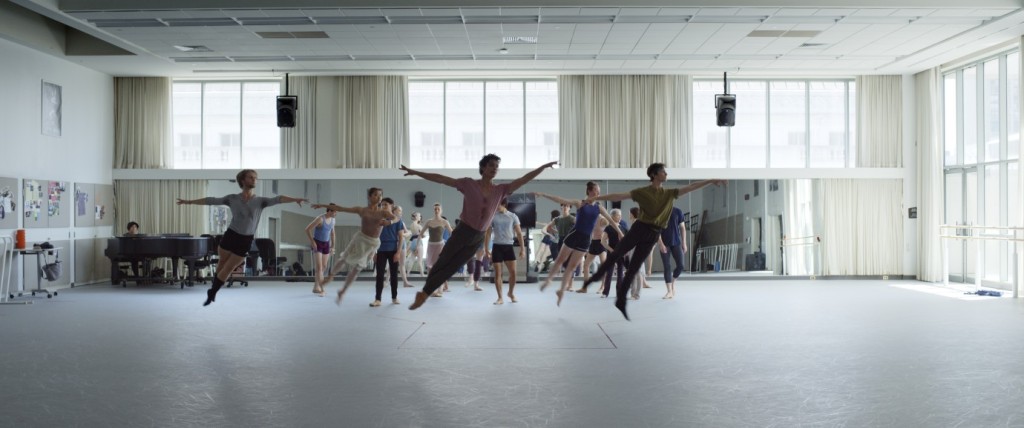
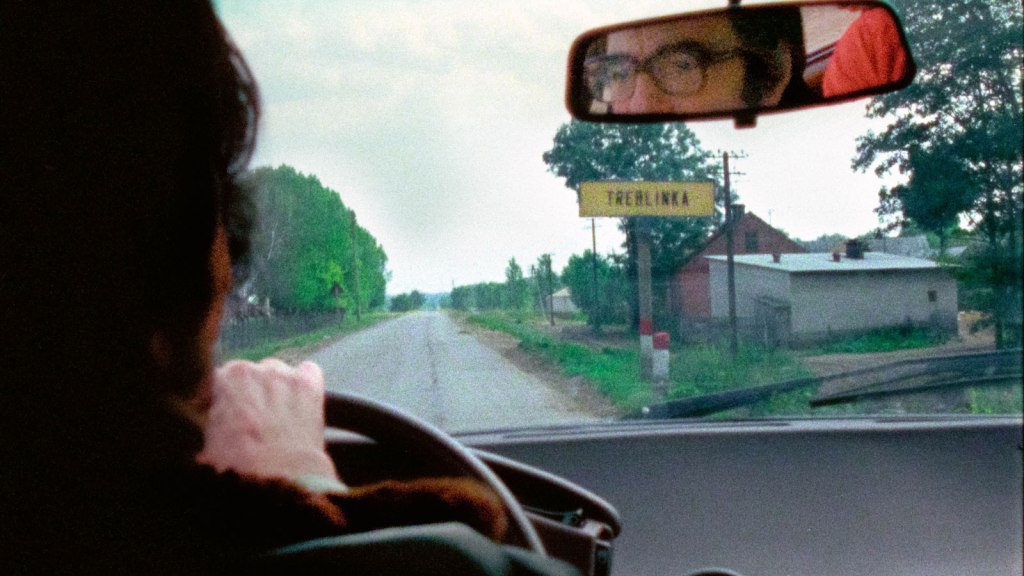
Leave a comment